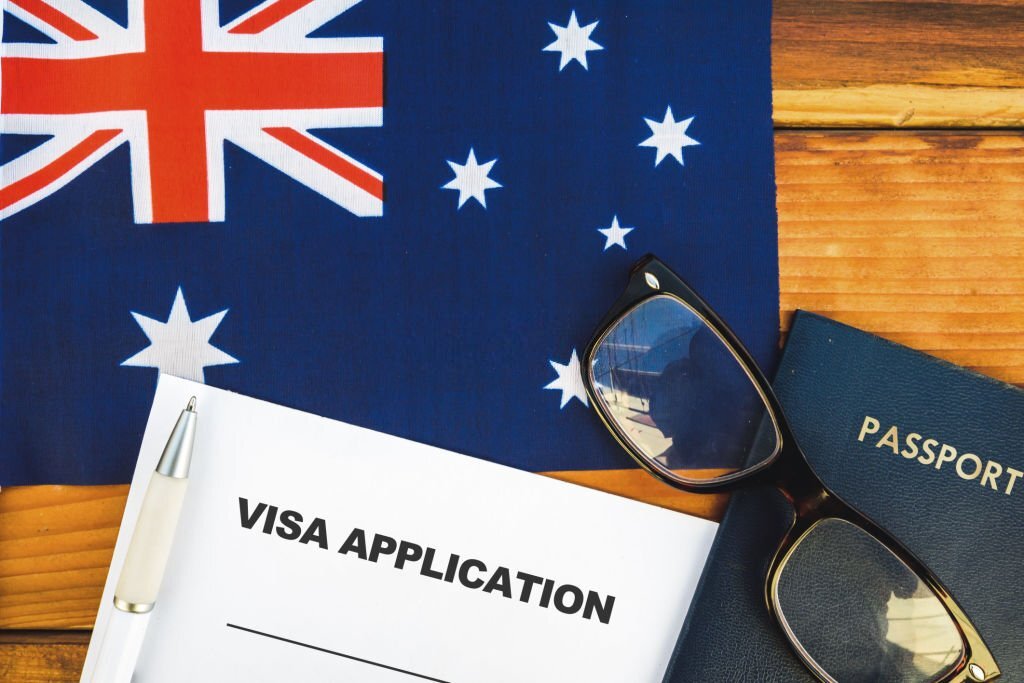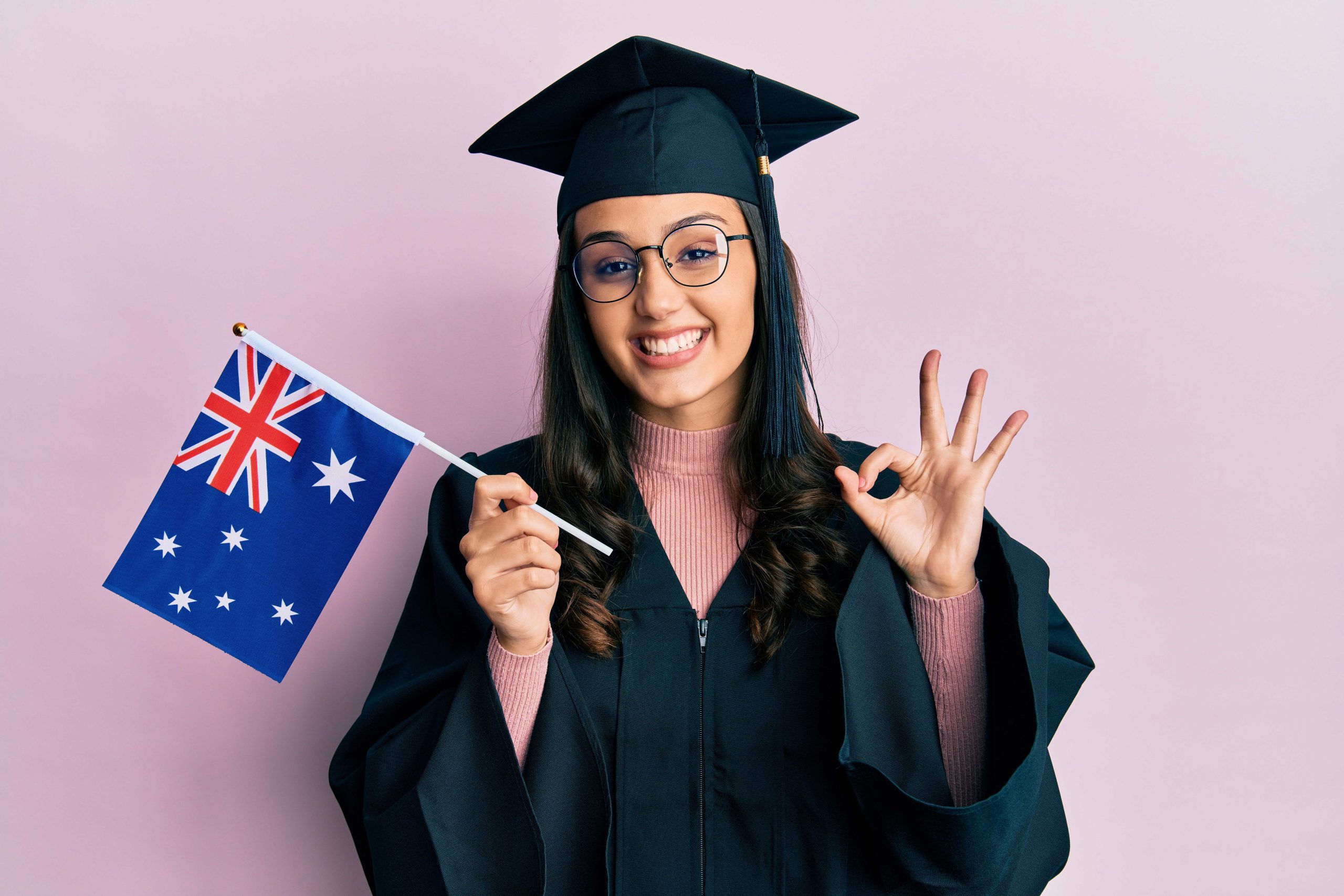Introduction: Australia has long been a sought-after destination for international students seeking quality education and a vibrant cultural experience. As part of its commitment to ensuring the integrity of its education system and immigration processes, Australia periodically updates its visa requirements for international students. One such recent update is the introduction of the new Genuine Student Test (GST). In this blog post, we’ll delve into what the GST entails and how it impacts aspiring international students.
Understanding the Genuine Student Test (GST): The Genuine Student Test (GST) is a vital component of the Australian visa application process for international students. Its primary objective is to assess the authenticity of a student’s intention to undertake a course of study in Australia. By scrutinizing various aspects of the student’s background and intentions, the GST helps Australian authorities ensure that only genuine students with legitimate educational aspirations are granted visas.
Key Components of the GST:
- Academic Qualifications: The GST evaluates the student’s academic background, including their previous educational achievements and qualifications. This assessment helps determine whether the student possesses the necessary prerequisites to pursue their chosen course of study in Australia.
- Financial Capacity: As studying abroad entails significant financial commitments, the GST examines the student’s financial capacity to cover tuition fees, living expenses, and other associated costs while studying in Australia. Adequate financial resources are crucial for a student’s ability to sustain themselves throughout their academic journey.
- Immigration History: The GST considers the student’s immigration history, including any previous visa applications or travel to Australia. Authorities assess whether the student has complied with visa conditions in the past and whether there are any discrepancies that may raise concerns about their genuine intentions.
- Relevance of Course: Another key aspect of the GST is evaluating the relevance of the student’s chosen course to their academic and career goals. This assessment helps determine whether the student’s study plans align with their long-term objectives and whether their chosen course is suitable for achieving those goals.
Navigating the GST: For international students preparing to apply for a visa to study in Australia, navigating the Genuine Student Test can seem daunting. However, thorough preparation and attention to detail can significantly enhance the chances of a successful application. Here are some tips for navigating the GST:
- Gather Comprehensive Documentation: Be prepared to provide comprehensive documentation, including academic transcripts, proof of English language proficiency, evidence of financial capacity, and any other relevant documents requested as part of the visa application.
- Demonstrate Genuine Intentions: Clearly articulate your genuine intentions to study in Australia by providing a well-written statement outlining your academic aspirations, career goals, and reasons for choosing Australia as your study destination.
- Seek Professional Guidance: Consider seeking assistance from qualified migration agents or education consultants who can provide expert advice and guidance throughout the visa application process. They can help ensure that your application meets the requirements of the GST and address any concerns that may arise.
Conclusion: The introduction of the Genuine Student Test (GST) underscores Australia’s commitment to maintaining the integrity of its education system and upholding high standards for international students. By carefully assessing various aspects of a student’s background and intentions, the GST helps ensure that only genuine students with sincere educational aspirations are granted visas to study in Australia. Aspiring international students should familiarize themselves with the requirements of the GST and take proactive steps to prepare a strong visa application that demonstrates their genuine intentions to study and succeed in Australia. With thorough preparation and attention to detail, navigating the GST can be a manageable process, paving the way for a rewarding academic experience Down Under.







